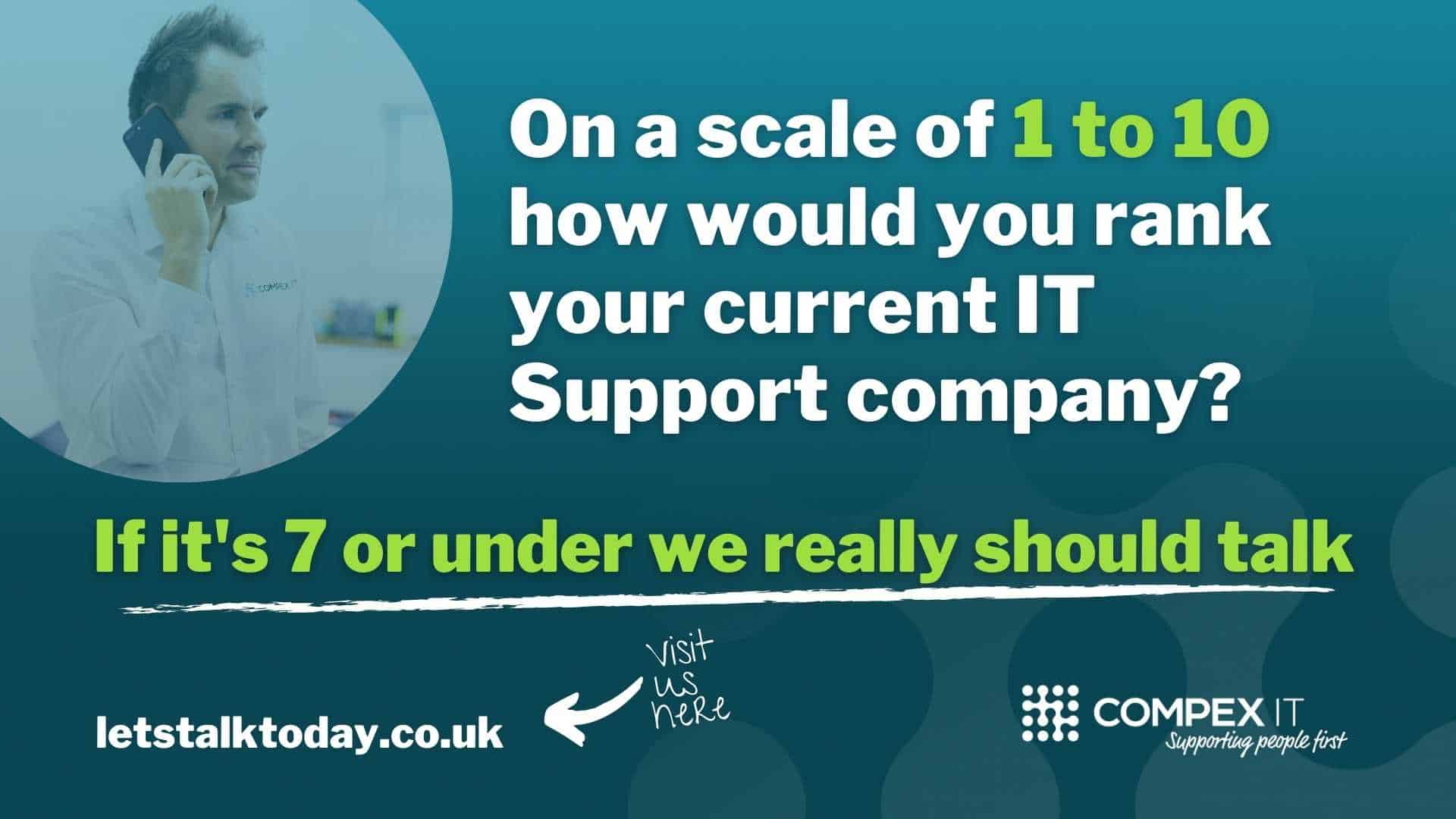Switching your IT support company feels like a big deal, doesn’t it?
The good news? You can do it without fear of landing your team in a world of IT-related pain or putting your company’s data at risk.
Like so many things in business, the key lies in research, planning, and making smart decisions.
Here, we’ll help you do all of those things.
Why do companies fear the switch?
If you’ve been with your IT company for a long time, the idea of switching can be rather cumbersome. Scary, even.
This is due to a number of common misconceptions, including:
- there’s too much work involved in switching;
- you’ve been for them for a long time – everything’s ingrained;
- they won’t be happy that you’re switching and will make life difficult for everyone; and
- the new company will take ages to understand your setup. Maybe you don’t even have a complete handle on everything they do for you.
They’re all legitimate concerns, but they can be overcome far quicker than you might expect.
Let’s not beat around the bush – you’re reading this blog post because you need to change IT support providers. Something isn’t right.
So, let’s fix that.
Check out your current agreement
Before you leave one IT company for another, make sure you read the current agreement.
What are the cancellation terms? What, if anything, have they tied you into service-wise, and are there any key tools you rely on which need transferring to your ownership?
You need to leave this particular relationship owning and having access to everything that is rightly yours – don’t forget that.
Research new IT providers
There’s lots to choose from out there, and that’s why you need to spend plenty of time researching new IT support providers.
A few things to keep in mind:
- their proximity to you (closer is generally better);
- their expertise (do they mention tools you rely on heavily?);
- Offering more than just IT support (user adoption/cyber security/strategic IT); and
- what social proof is there?
The last point is important, because it refers to testimonials, mentions on social media, and any other commentary you can find on the company from existing customers. What are people saying about them?
Once you’ve narrowed down your options, meet with each provider and ask as many questions as you need to about their service and your requirements.
Make the decision and inform your existing provider
When you know you’ve found the right replacement IT provider, it’s time to agree terms.
Be extra careful at this stage. If you’ve picked the right provider, they won’t attempt to tie you into anything else or make you spend unnecessarily, but double-check the small print and ensure any lingering questions are answered.
Then, it’s time to inform your existing provider. If you did your homework earlier on, you’ll know exactly where you stand, contract-wise, and that means you can make a clean break. They’ll try and keep you (or, they should), but don’t be swayed; you made this decision for a reason.
Agree timelines
This is super important.
To ensure a smooth, hassle-free transition, you’ll need to agree timelines with both your existing IT provider and the new team.
Depending on the services, hardware and software you use, they may need to work closely to see the transition through. Or, the switch may be far simpler. Just don’t put up with any “we can’t work with them on this” nonsense, because that won’t get anyone anywhere.
The most important thing at this stage is the transfer of knowledge and key details, so make sure the two providers are talking openly with one another.
The onboarding process
When you begin onboarding with your new IT provider, it’s not unusual for the old company to still have some form of a contract with you.
These last few lingering days of that old contract will enable them to assist with the transition and pass over absolutely everything before it’s terminated. Use that time wisely.
Once fully on boarded, you’re on your way to building a brand-new relationship with your new provider. Regular review meetings over the first few weeks and months should iron out any issues and ensure the transition is as stress-free as it should be.
Still unsure? Got unanswered questions about switching IT providers? Speak to the team at Compex!


